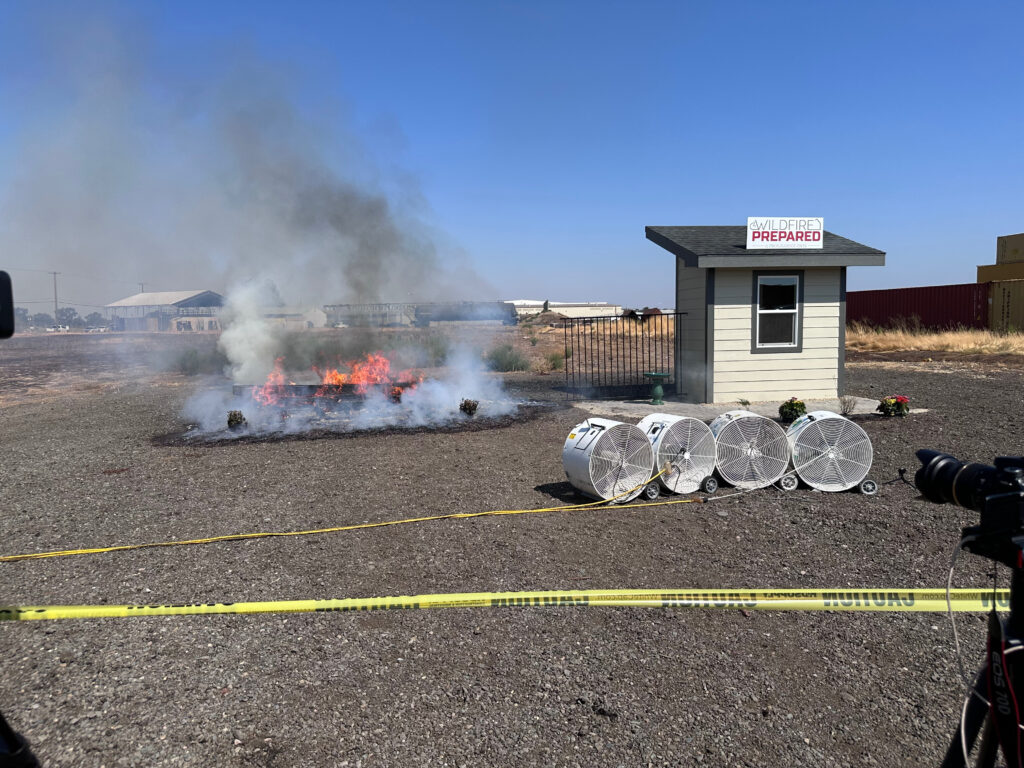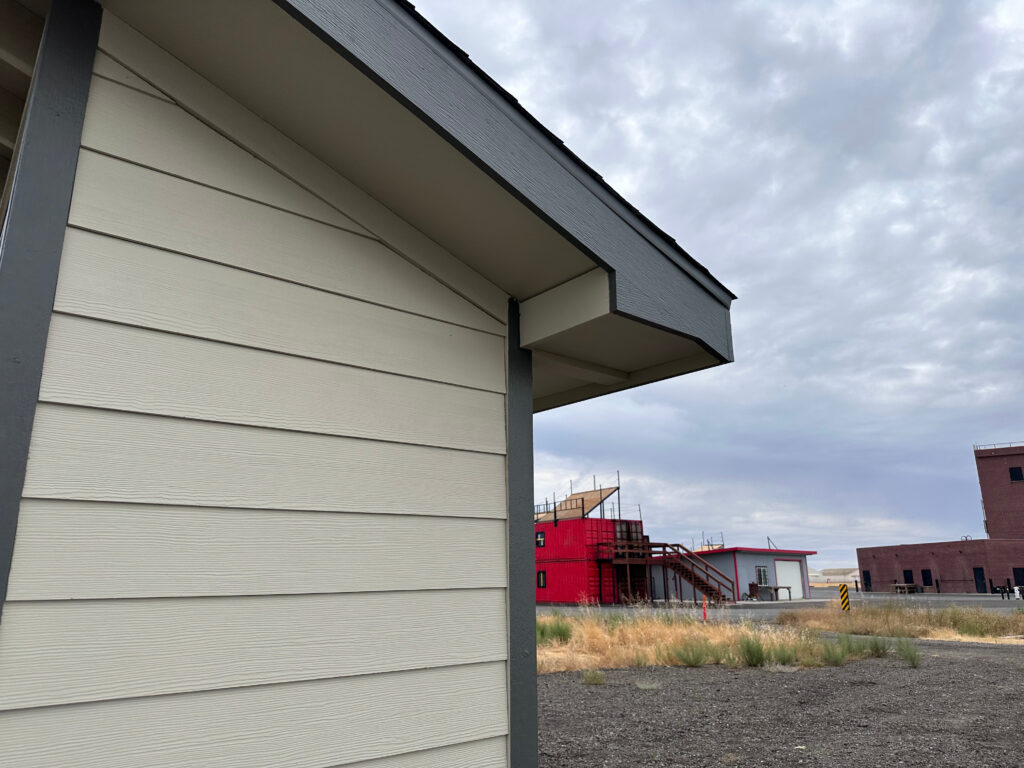Summary
In the face of increasing wildfire threats, safeguarding your home becomes paramount. Here’s a comprehensive guide to fortify your haven against the fiery tempest.

A Guide to Protecting Your Home from Wildfires
In the face of increasing wildfire threats, safeguarding your home becomes paramount. Here’s a comprehensive guide to protecting your home from wildfires.
- Create Defensible Space: Clear live and dead vegetation (leaves, etc.), fire-wood pile, and other combustible materials a significant radius away from your home. This includes under your deck.
- Fire-Resistant Landscaping: Opt for fire-resistant plants and materials in your landscaping.
- Wood fences should also be taken into consideration, they can act as a fuse leading fire directly to your house. There have been observations in suburban areas with no vegetation (desert), that fires traveled home to home burning entire neighborhoods. Wrought iron and vinyl fencing are a few options to consider.
- Roof and Gutter Maintenance: Regularly clean roofs and gutters, as leaves and debris can ignite easily. Consider using fire-resistant materials when replacing or renovating your roof.
- Fire-Resistant Building Materials: Construct or renovate your home with fire-resistant materials. This includes siding (James Hardie Siding), windows, and decks. Hardened materials can provide an added layer of defense, check out what CalFire has to say.
- Embrace Smart Design: Ensure that your house design incorporates fire-resistant features. This includes enclosed eaves, spark arresters on chimneys, and tempered glass windows.
- These choices can act as a barrier against approaching flames and flying embers. Embers is the real threat of wildfires.
Prepare an Emergency Kit and Plan:
Remember, preparation is the key to facing wildfire threats. By implementing these measures, you’re not just protecting your home; you’re contributing to the safety of your entire community. Stay vigilant, stay safe.
- Assemble a comprehensive emergency kit containing essentials like water, non-perishable food, medications, important documents, and a first aid kit. Be ready to evacuate at short notice.
- Stay Informed: Keep yourself updated on wildfire alerts and warnings. Sign up for emergency notifications and have a reliable weather radio to receive timely information.
- Evacuation Plan: Develop a clear evacuation plan for your family. Identify escape routes, establish meeting points, and ensure everyone is familiar with the plan.
- Secure Utilities: Install spark arresters on chimneys and stovepipes. Additionally, create a safety zone around propane tanks and other flammable materials.
- Community Collaboration: Work with your neighbors to create a united front against wildfires. Collaborative efforts can enhance overall community resilience and help protect your homes from wildfires.

Constructing Homes with Wildfire Resilience:
Constructing a home with wildfire protection in mind requires a holistic approach. By integrating these considerations into your building plans, you not only enhance the safety of your property but also contribute to the overall resilience of your community. Build wisely, build resiliently.
- Site Selection: Choose your home’s location wisely. Opt for sites with lower wildfire risk, away from dense vegetation. Consider the prevailing winds and the potential path of a wildfire.
- Defensible Space Planning: Integrate defensible space into your construction plan. This involves clearing vegetation and creating a buffer zone around your home, reducing the risk of embers igniting nearby foliage, thereby protecting your home from wildfire risk.
- Fire-Resistant Materials: Select building materials with high fire resistance. This includes fire-resistant siding (e.g. James Hardi Siding), roofing, and decks. Class A roofing materials are particularly effective in slowing down the spread of flames.
- Enclosed Eaves and Soffits: Design your home with enclosed eaves and soffits to prevent wind-blown embers from infiltrating vulnerable areas. This simple design feature can significantly enhance your home’s resistance to wildfires.
- Tempered Glass Windows: Invest in tempered glass windows, which are less likely to shatter in extreme heat. This can prevent embers from entering your home and igniting combustible materials inside.
- Ventilation Considerations: Design a ventilation system that minimizes the risk of ember intrusion. Install spark arresters on vents and consider using fine mesh screens to block embers.
- Access for Emergency Vehicles: Ensure that your property allows for easy access by emergency vehicles. Construct driveways and access roads wide enough to accommodate firefighting equipment.
- Fire-Resistant Landscaping Design: Collaborate with a landscape architect to design a fire-resistant landscape plan. This includes using fire-resistant plants, creating defensible zones, and strategically placing hardscape elements.
- Water Sources and Irrigation: Install adequate water sources around your property, such as hydrants, ponds, or tanks. Implement an irrigation system to keep vegetation hydrated and create a moisture barrier.
- Building Codes Compliance: Familiarize yourself with local building codes and regulations related to wildfire-prone areas. Compliance ensures that your home meets the necessary safety standards.
Here’s a video of a burn test that was done with Insurance Institute for Home and Business Safety and CalFire. We built the mock houses for this event and watched our work go up in smoke. Here is the link: https://youtu.be/dZilwnegZhQ
We would gladly assist you in some of these areas of protecting your home against wildfires. Contact us at (916) 821-7002 or online today to discuss your project needs.
